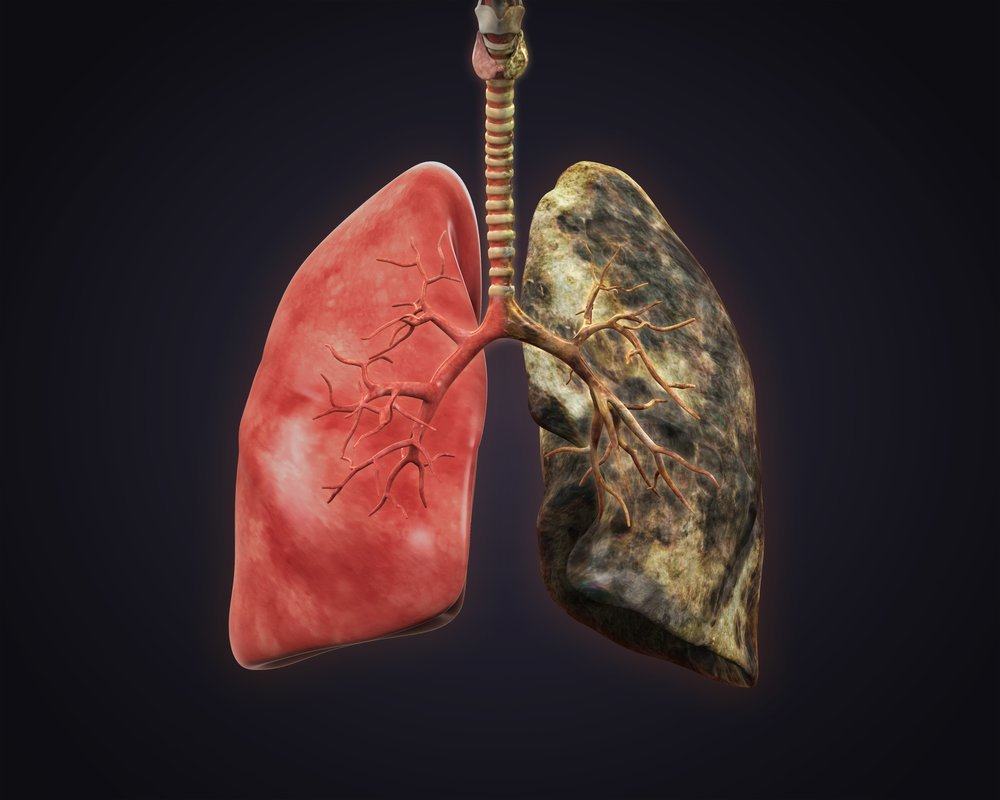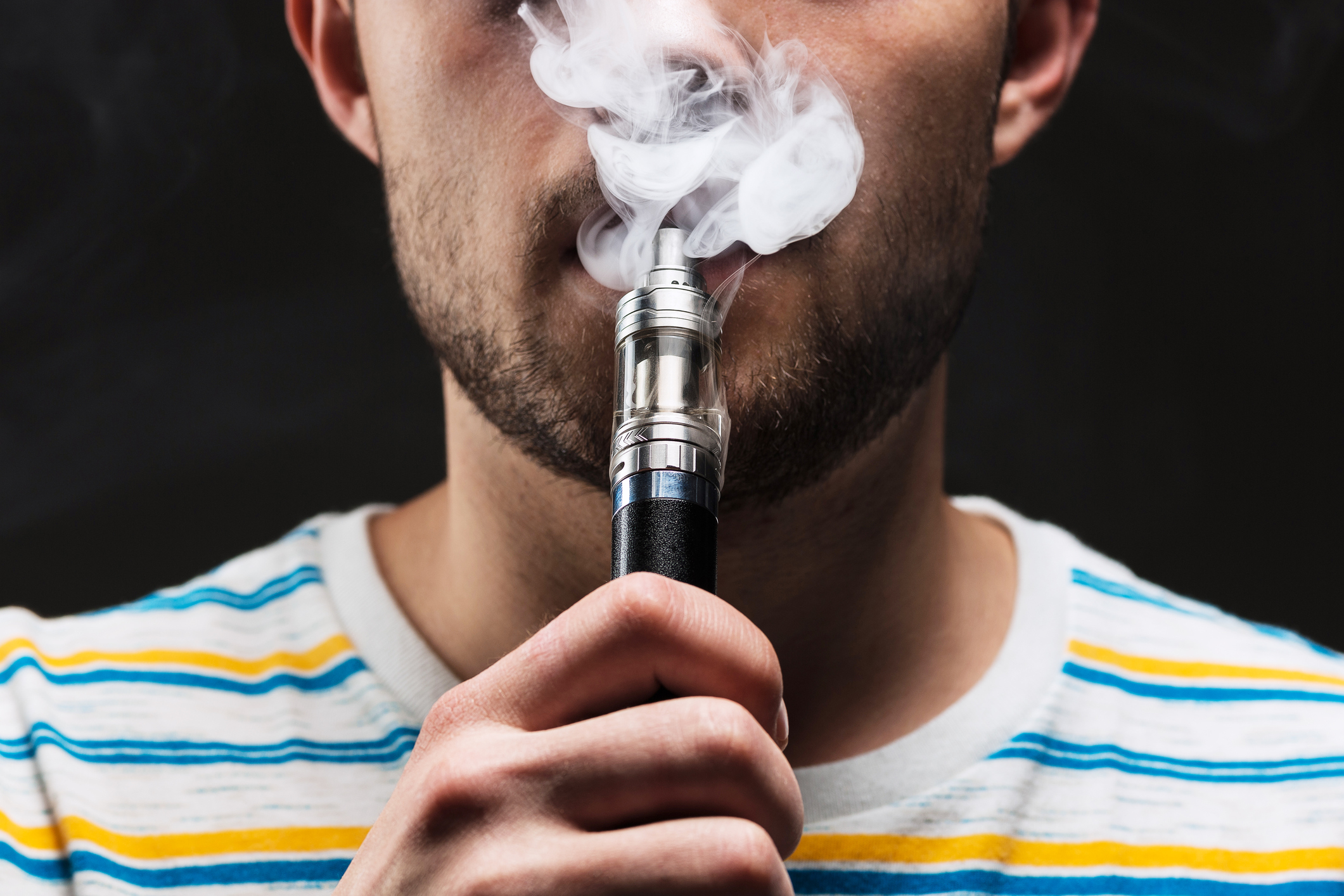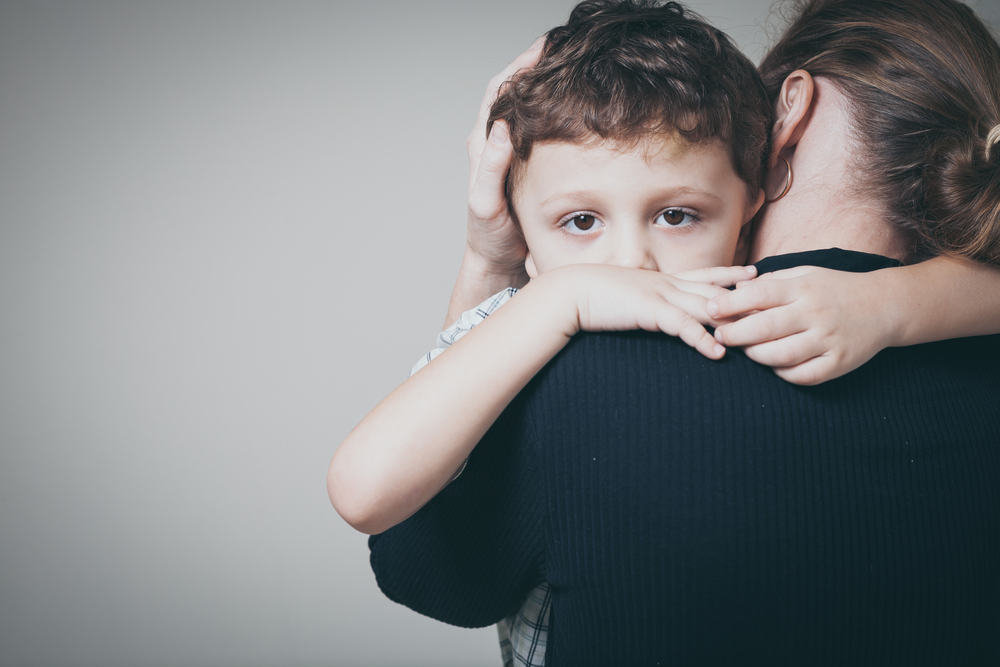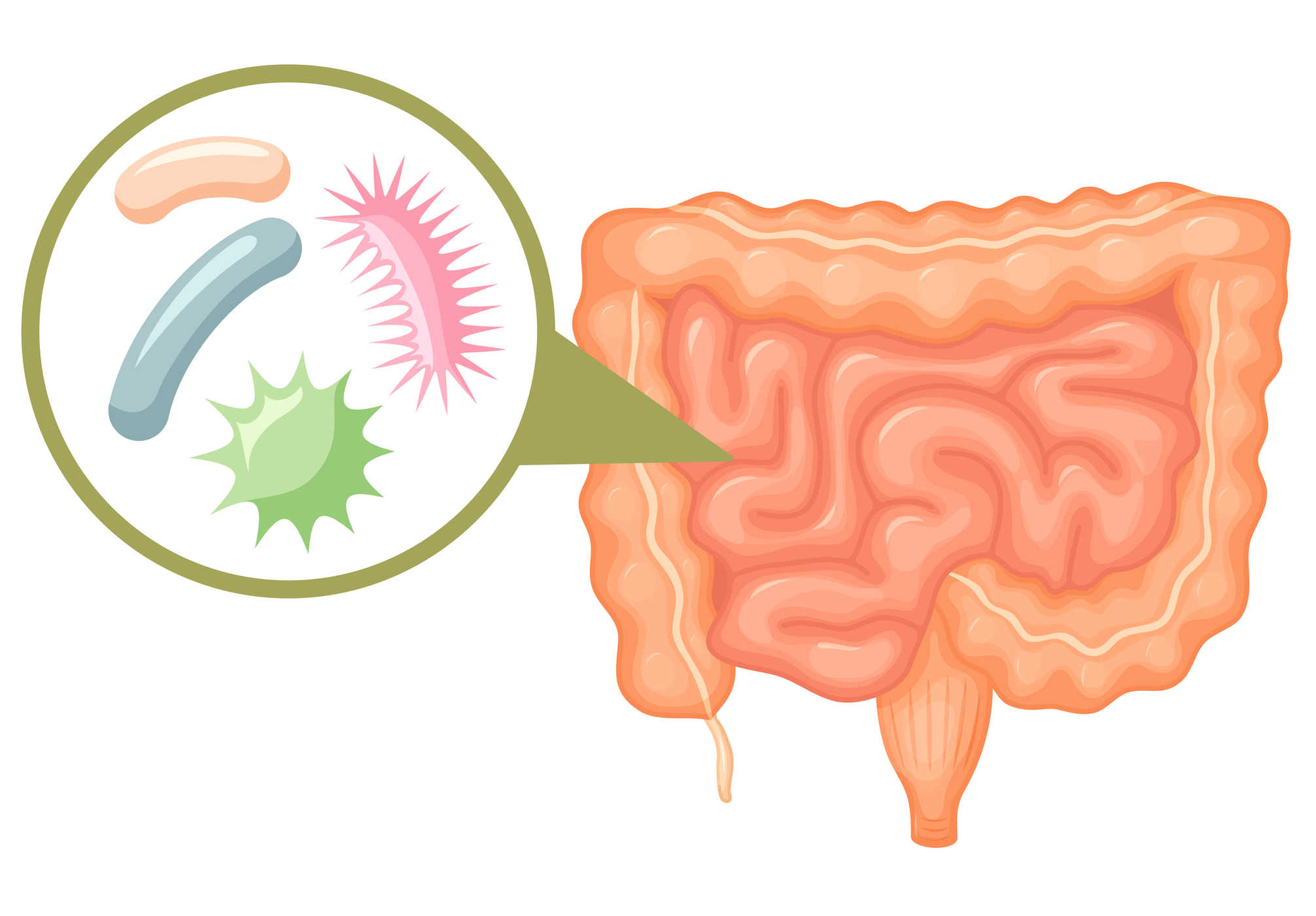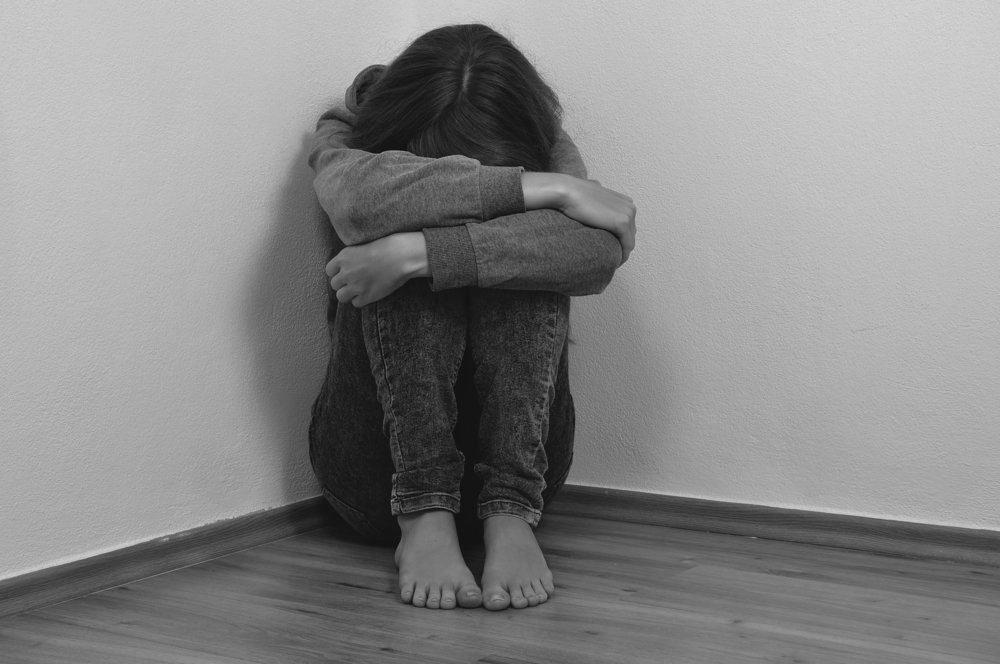Contents:
Medical Video: What to do if someone is having a seizure
About 50 million people around the world experience seizures, meaning that about 1 in 10 people in the world have experienced this condition at least once in their lives.
If someone around you has a seizure, understanding what steps can be taken to help him get through the episode will make a big difference.
Signs and symptoms of a person experiencing a seizure
Seizures are actually a series of disorders that affect electrical activity in the brain. Not all seizures will produce dramatic episodes that are like people think like a body vibrating violently, a foamy mouth, eyeballs turning up. However, most of the jokes were marked by unexpected shocks.
In fact, classic seizure episodes, in which the patient loses control of the muscles, hands and / or legs twitching, foaming mouth (due to saliva blown through tightly clenched teeth), or fainting, are only one of many types of seizures that exist. This condition is called general tonic-clonic seizure. But, these traits represent only one of the many types of seizures.
Seizures can look daunting, especially if you have never faced this condition before. Even though you may feel helpless around the victim, there are many things you can do to help.
What can be done to help people who are seizures?
1. Stay calm
Seizures can last for several minutes and the person may take several hours to fully recover. Note the duration of the episode, if possible. If it lasts more than three minutes or the person is pregnant (no matter how long the seizures occur), immediately contact medical assistance (110/118).
2. Protect victims from injury
If the victim is in a standing position, slowly help the person lie on the floor. Then, tilt his body to one side. This will help him to breathe better.
Remove the glasses, tie, belt, or anything around the neck that might make it difficult for him to breathe. Loosen the collar. Get rid of areas of sharp objects and are dangerous to prevent injury.
Slip something soft and flat, like a fold of clothes or jacket, under his head. Be careful not to put too much pressure on his body.
Don't force anything, including your finger, into the victim's mouth. Inserting a foreign object into the victim's mouth can cause injury, such as a broken tooth or jaw. You also have the chance to get bitten.
Don't try to hold or move the person. This can also cause injury, such as a dislocated shoulder. Don't also shake the victim to make him aware.
Don't do CPR or artificial breathing assistance. Usually the victim will breathe normally again after recovering.
2. Don't leave the victim alone
Check his body for possible injuries.
If during a seizure the victim has difficulty breathing, open his mouth slowly to clean the contents of the mouth from residual vomit or saliva. If difficult, get medical attention immediately.
Keep accompanying the victim until the seizure ends and after he is fully awake. If he can provide a conscious response, help him to sit in a safe place. After he is able to communicate, tell what has happened in simple language. Calm the victim and keep checking vital signs, such as breathing and pulse.
Let him rest or take a nap until medical help arrives. Most people after experiencing a seizure will feel very sleepy, confused, and exhausted.
Don't offer any food or drink until the person is truly conscious and responsive.
When to seek professional medical help?
Not all episodes of seizures require emergency medical help. However, immediately contact medical assistance (118) in the following situations:
- The person is pregnant or has diabetes
- Episodes occur in water
- Lasts more than five minutes
- The victim is unconscious after recovering
- Victims do not breathe after recovering
- The victim has a high fever
- The victim complained of severe headaches after recovering
- Continued seizures occur before the person is fully aware
- The victim injured himself during the episode
- Followed by signs of stroke, such as difficulty speaking or understanding the conversation of the other person, loss of vision, and inability to move part or all of one side of the body
- If the cause is consuming poison or breathing smoke
- If you know this is your first seizure, or if you are in doubt at all.
READ ALSO:
- What To Do If Your Child Is Step (Fever Seizure)
- Getting to know the brain's AVM: Causes of headaches, convulsions, and stroke
- Steps to Help Choking People


